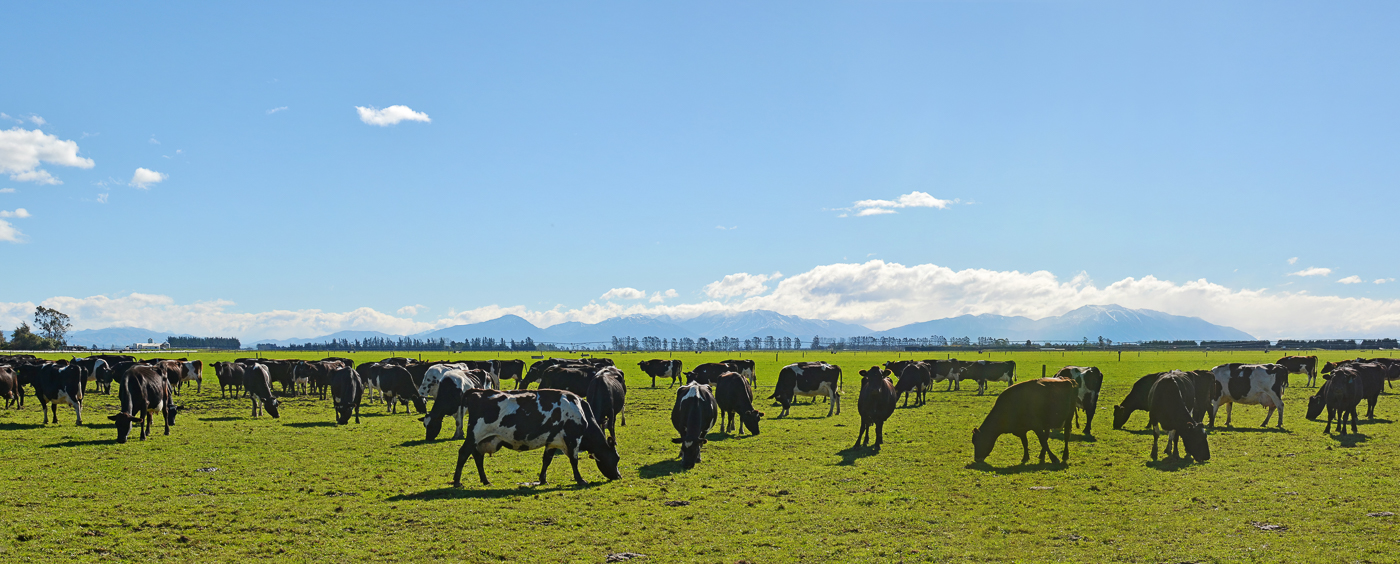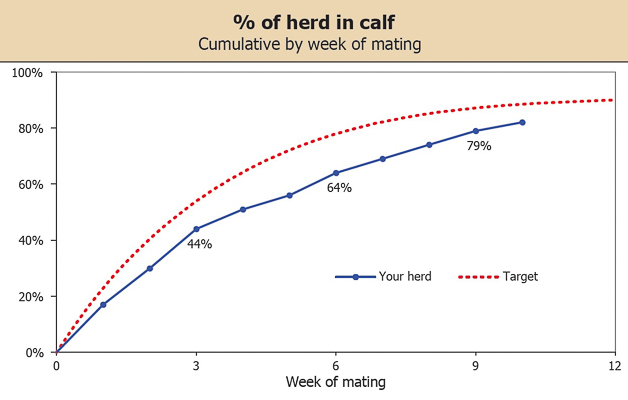
As a rule, non-return rates can be variable, but in general terms, we are mainly concerned about very high rates (as they may signal problems with your mating) and very low rates.
Non-returns are simply cows not seen to return to heat post mating, so they are either truly pregnant, have gone anoestrus again, have missed heat detection or have lost the young pregnancy.
There are several options around a high non-return rate. An early pregnancy test of even the first couple of weeks of mating of only non-return cows can be hugely helpful in deciding your bull out date/finishing mating date etc. Any non-pregnant cows detected then can receive hormonal injections to get them ‘kick-started’ again before mating finishes to avoid some surprise empty cows.
The important point to note is that you must constantly evaluate where mating is sitting and regularly review your results to see if anything requires tweaking. Waiting until scanning can lead to nasty surprises that are too late to rectify.

At all times, discuss any concerns with your Vetlife veterinarian.